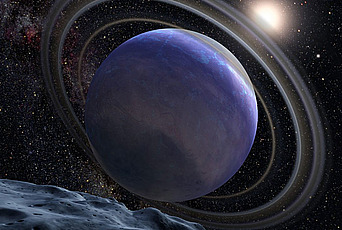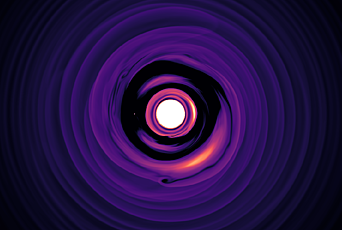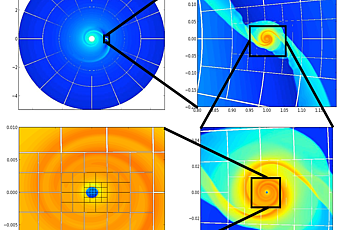
Astronomers Model Formation of Planets in Binary Star Systems
Any Star Wars fan can recall the iconic horizon on Tatooine, a planet with two suns.
Roman Rafikov of the School of Natural Sciences, visiting from the University of Cambridge, with co-author Kedron Silsbee of the Max Planck Institute for Extraterrestrial Physics, has brought this Hollywood scene several steps closer to reality, producing the most realistic model to date of planet formation in binary star systems.
The research paper, published in Astronomy & Astrophysics on July 12, 2021, considers binary systems in which a smaller companion star orbits a parent star at a distance similar to the orbit of Uranus around the sun. Alpha Centauri is one example of such a system.
“Planet formation in binary systems is more complicated, because the companion star acts like a giant eggbeater, dynamically exciting the protoplanetary disc,” said Rafikov.
The researchers found that for planets to form in these systems, their building blocks need to start off at least 10 kilometers in diameter before they are able to grow via mutual collisions into full-sized planets. Furthermore, the disk of dust, ice, and gas surrounding the star during the planetary growth phase needs to be relatively circular.
This research brings the study of planet formation in binaries to a new level of realism and explains how such planets, a number of which have been detected, could have formed.
Read more at University of Cambridge.


